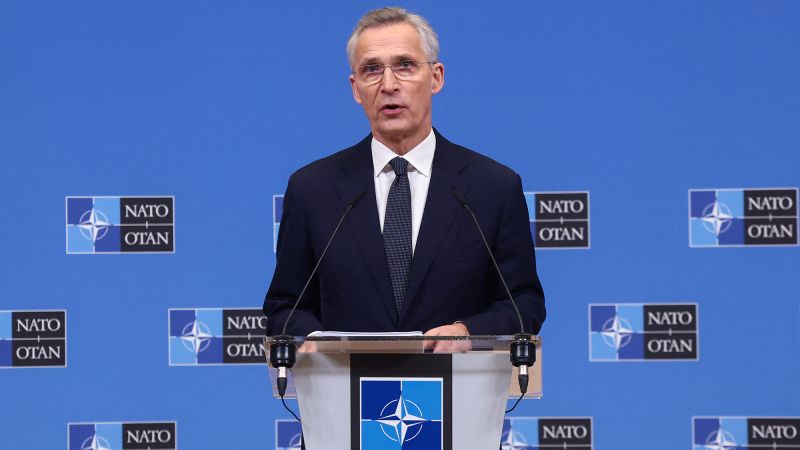In an anticipated achievement, a record number of North Atlantic Treaty Organization (NATO) member states are expected to meet the defense spending threshold of 2% of their gross domestic product (GDP) this year. With the inclusion of several countries, including sizable economies like the United Kingdom and the United States, the count of such NATO members is expected to reach 18. This marks an increase from 15 last year and represents a significant step towards fulfilling the collective defense commitment.
The 2% defense spending threshold is a notable guideline established by NATO to ensure that member nations contribute adequately to their collective security. This threshold emerged as a response to the growing geopolitical challenges, aiming to improve readiness, enhance capabilities, and ensure the collective defense and deterrence. The pressure on NATO members to increase defense spending has been particularly intense in recent years, driven by external threats, internal reorientation of priorities, and the changing global security landscape.
In 2014, during the NATO summit held in Wales, the member states pledged to move towards spending 2% of their Gross Domestic Product (GDP) on defense within a decade. The threshold soon became a vital metric to gauge the member nations’ commitment to collective defense and international security. Although this is a guideline rather than a rigid obligation, it is indicative of a nation’s seriousness towards NATO’s core principles and mission.
As of this year, a record 18 nations are projected to reach or surpass this threshold, representing a significant achievement for the organization. This suggests that a sizable proportion of NATO members are not just fulfilling but exceeding their commitments, increasing the overall preparedness and strength of the alliance.
The countries beside the United States and United Kingdom anticipated to fulfill this commitment include Poland, Romania, Greece and the Baltic States among others. Historical defense-spending trends show that the number of NATO countries meeting or exceeding the standard has been steadily rising over the last five years. There has been a steady increase from just five nations in 2014 to the current 18.
This surge in defense spending among NATO member states has, however, stoked debate. Critics argue that increasing military budgets doesn’t necessarily translate into better defense capabilities. They believe that an investment in modernization initiatives and reinforcing interoperability among NATO nations could yield better results.
Simultaneously, proponents of the 2% guideline argue that the increase in defense budgets reflects member states’ commitment to the principles of NATO, reinforcing collective security. Furthermore, these resources allow the alliance to respond effectively to modern-day threats and help maintain global peace.
This unprecedented defense funding commitment by 18 NATO countries is a testament to the evolving geopolitical landscape and increasing belief in the principles of collective security among NATO member states. It demonstrates a more unified and resolute stance from NATO. While the debate over the effectiveness of the 2% guideline continues, it’s undeniable that this milestone reflects the shared commitment and strengthening unity among NATO nations to secure a peaceful future.




